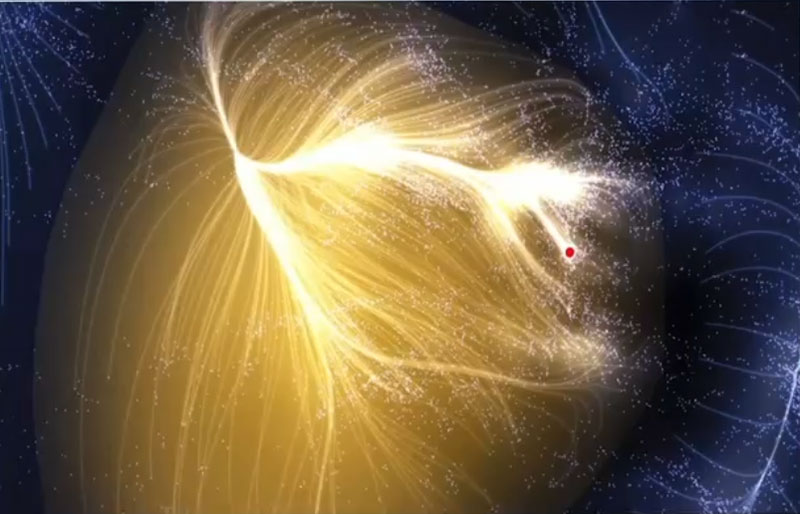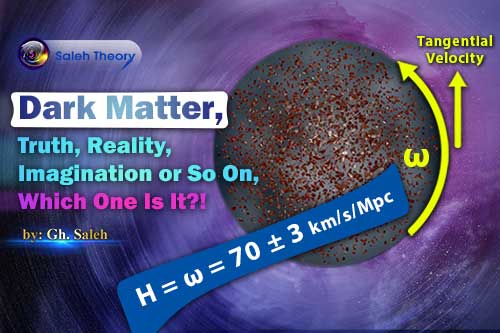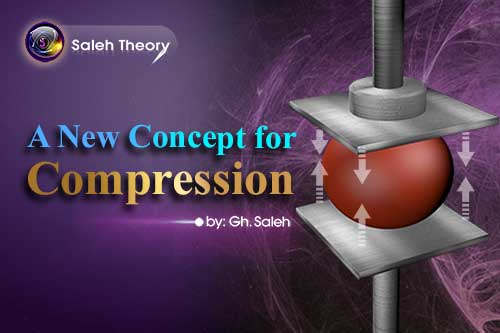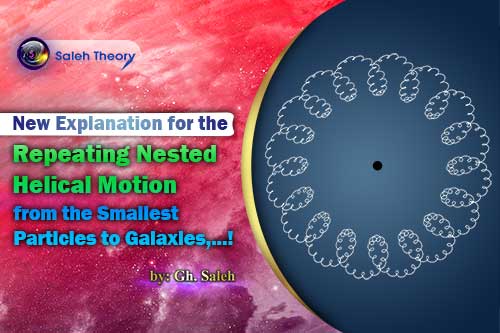
A New Explanation for the Repeating Nested Helical Path of Motion from the Smallest Particles of Existence, Photons, to Moons, Planets, Stars, Galaxies, etc.!
Given that each moon orbits around its planet and each planet orbits around its central sun, the combination of orbits 1 and 2 creates a helical pathway for a moon.
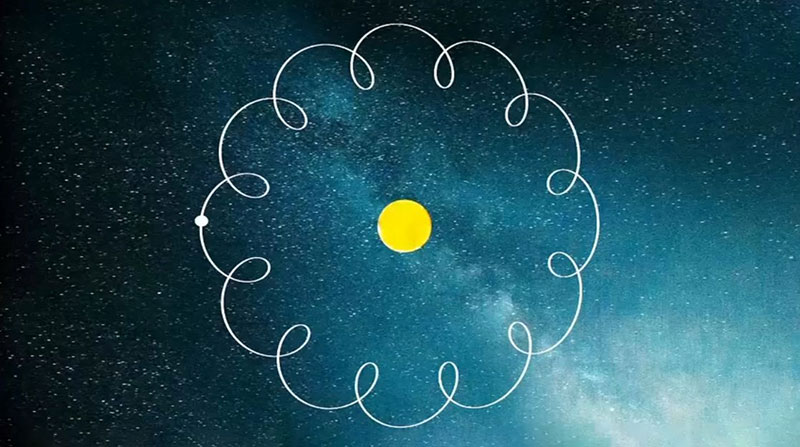
If a star’s orbit around its central galactic black hole, which is a closed curve path, is added to the moon's path, the final path will be a combination of paths 1, 2, and 3.
And, the path of moon will be a nested helical orbit.
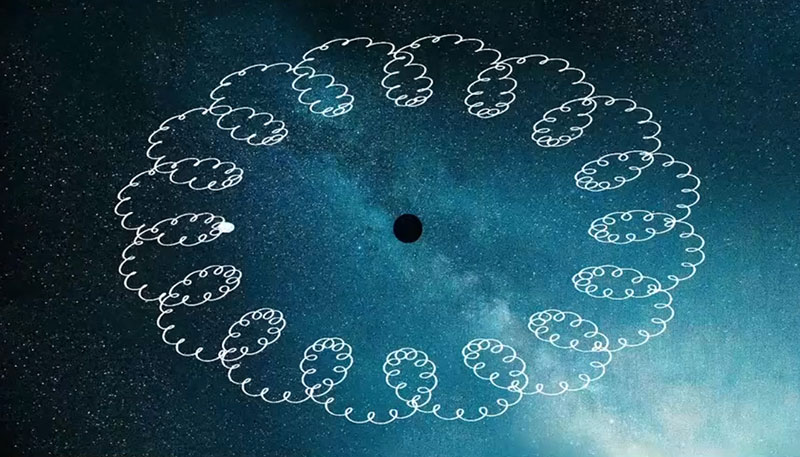
But by adding the new galactic motion (orbit number 4) to these three orbits; another helical orbit is added to them, and in fact, 3 helical orbits will be created in the form of nested orbits as a result of the effect of these 4 orbits. In general, if we have “n” paths, we have to imagine “n-1” nested helical orbits for that particular mass (moon, planet, star, etc.).
Notes:
1. The path of celestial objects could be observed in different models:
1st model: If the observer looks at these helical orbits from the side, the motion of the celestial objects appears as a repeated closed sinusoidal motion.
2nd model: But if the observer looks at the orbit from inside the rings, the image of a closed ring will be seen, like the images of celestial objects taken by the James Webb Space Telescope.
3rd model: If the observer looks at the helical orbit in a vertical direction from the top or the bottom, the image will be a repeating nested helix in a closed curve.
4th model: The model is a combination of all these that depending on the observer’s position will see different modes.
2. Depending on whether the helical orbit is clockwise or counter-clockwise, in general terms, it can be said that 95% of the motion of celestial objects in the universe is clockwise. If the direction of motion is clockwise from the observer's perspective, it means that it is moving away from the observer, and if the direction of motion is counter-clockwise from the observer's perspective, it means that the moving object is approaching the observer. Therefore, all moving objects in the universe, from the smallest particles such as photons to the largest, like galaxies and clusters, have a nested helical motion.
Result:
To show the nested helical motion path for a galaxy, which is a closed curve path with a twist, the image of the Laniakea Supercluster is a perfect and clear example.
